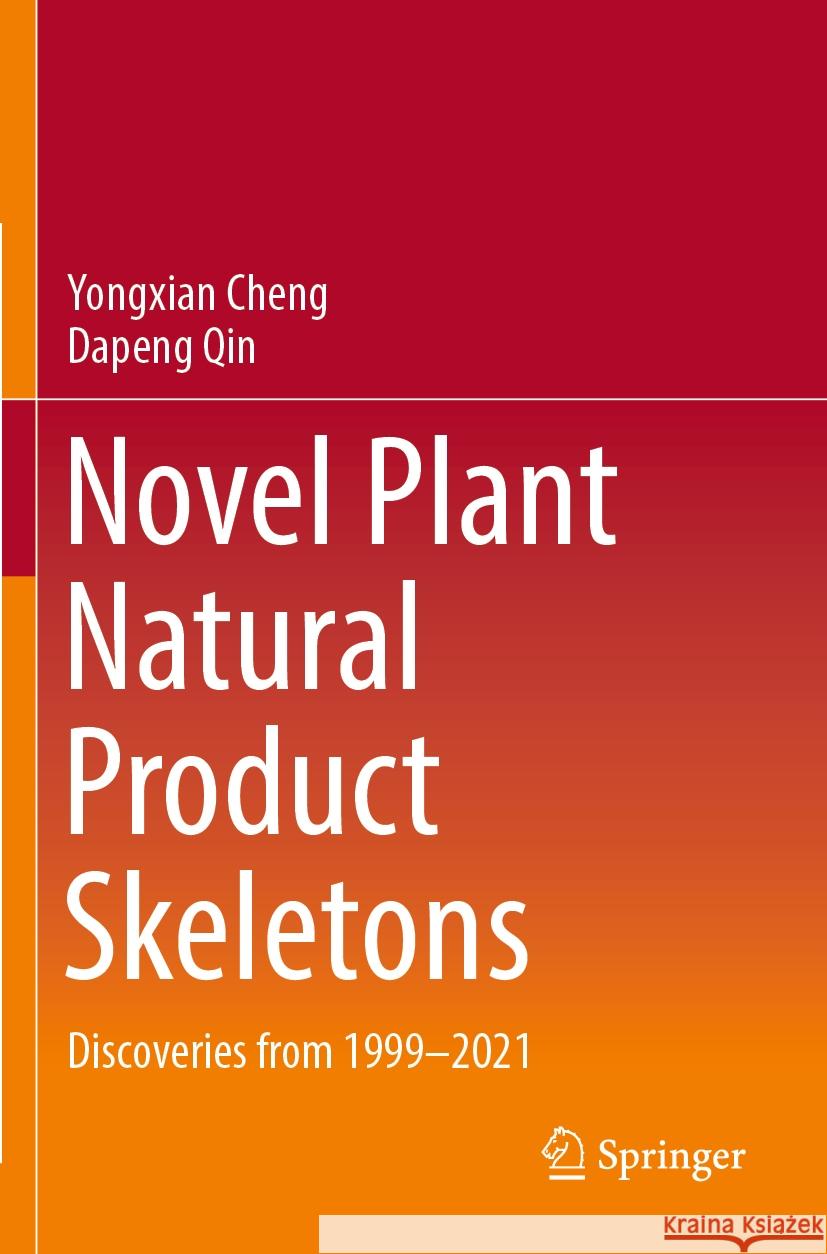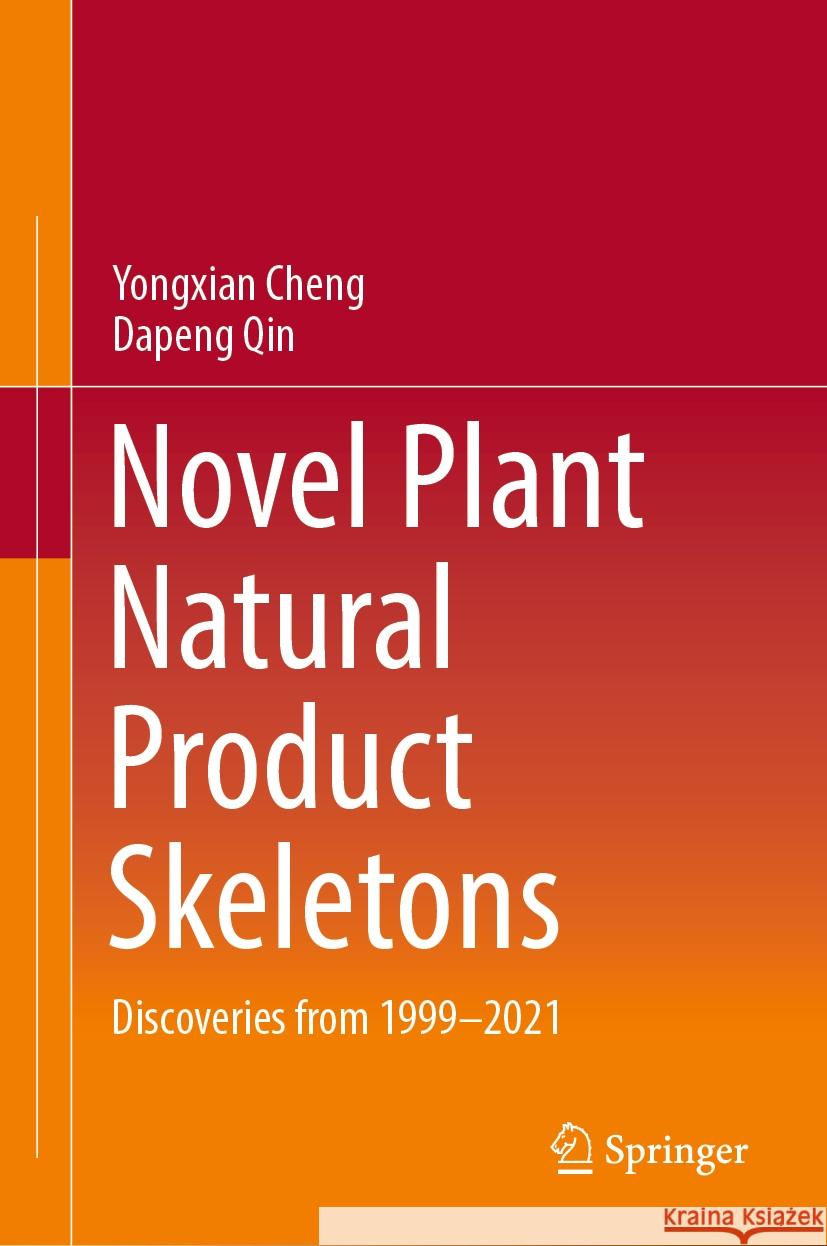Wyniki wyszukiwania:
wyszukanych pozycji: 2
 |
Novel Plant Natural Product Skeletons
ISBN: 9789819973316 / Angielski / Miękka / 2025 Termin realizacji zamówienia: ok. 22 dni roboczych. This book provides an overview of the new plant natural product skeletons discovered from 1999 to 2021. It categorizes these natural products by providing their names, source distributions, structural types, structure characteristics, and bioactivities. A total of 1373 plant products in 99 families are presented, which cover 36 different structure types within the Hypericaceae family of which the majority are alkaloid structures. In addition, it presents the biological profiling in the last 23 years by summarizing the biological activities and potential disadvantages. The new natural... This book provides an overview of the new plant natural product skeletons discovered from 1999 to 2021. It categorizes these natural products by pr... |
cena:
605,23 |
 |
Novel Plant Natural Product Skeletons: Discoveries from 1999-2021
ISBN: 9789819973286 / Angielski Termin realizacji zamówienia: ok. 22 dni roboczych. |
cena:
605,23 |










